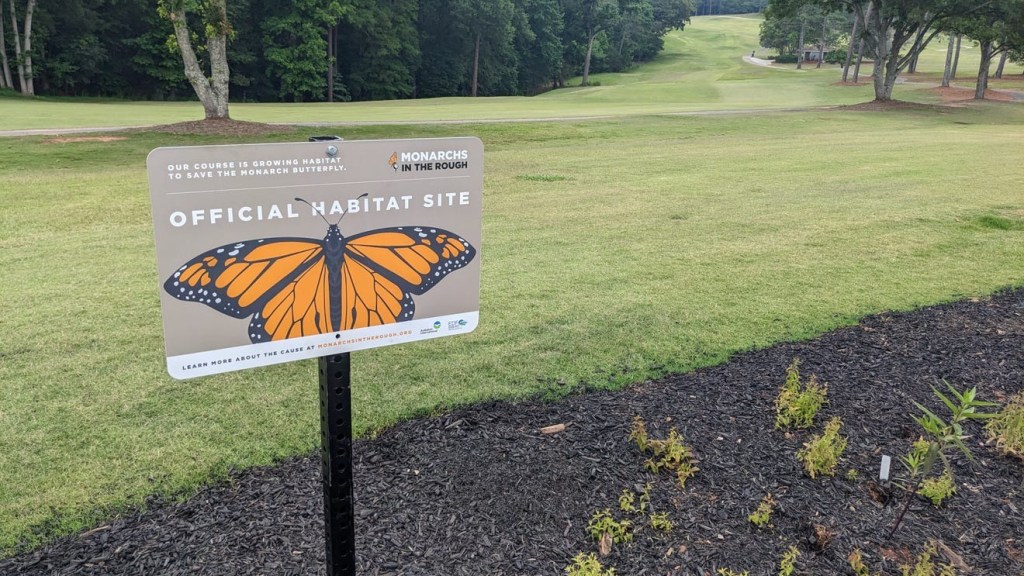In spring of 2023, the University of Georgia Golf Course was designated as an Audubon Cooperative Sanctuary through the Audubon Cooperative Sanctuary Program for Golf Courses. Extra care is taken into account for upkeep in an effort to run in an environmentally friendly way.
“It takes a lot to maintain golf courses,” said Scott Griffith, associate director of agronomy at the University of Georgia golf course. “And we have to maintain them on a daily basis. There are a lot of misconceptions regarding fertilizers. If the grass is growing too fast, that creates more work for us. It creates a negative situation not only on our staff and our customers but also our budgets. Slow-release fertilizers are used judiciously.”
The Audubon Cooperative Sanctuary Program for golf is a certification program that helps golf courses protect the environment. The goal is to help enhance wildlife habitats and minimize potentially harmful impacts of golf course operations. The program serves an important environmental role worldwide.
“I’ve always been environmentally conscious,” said Griffith. “A lot of the things that were listed in this program we were already doing. For me, it was important, because it represents UGA. Our motto is, ‘Elevate the G’. Anything we can do to elevate the University of Georgia and this is one way for us to do that.”
Frank LaVandera, director of environmental programs for golf with Audubon International, said the organization was founded in 1987 with a clear goal in mind.
“Initially, we received money from the United States Golf Association,” said LaVandera. “At that time the USGA wanted to see if we could change the perspective about golf courses. For many years golf courses may have had a negative connotation. Some people felt that golf courses used a lot of chemicals, water and were bad for the environment.”
LaVandera said the certification process to be designated as an Audubon Cooperative Sanctuary through the Audubon Cooperative Sanctuary Program for Golf Courses has six components.
The components are as follows:
- Site Assessment/Environmental Planning
- Wildlife and Habitat Management
- Chemical Use Reduction and Safety
- Water Conservation
- Water Quality Management
- Outreach and Education
“As the course goes through the environmental plan, we ask questions about water conservation, things they’re doing for chemical reduction,” said LaVandera. “At the end of the environmental plan, the course identifies the…
..
Click Here to Read the Full Original Article at Golfweek…
